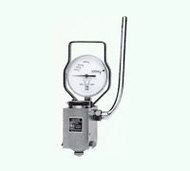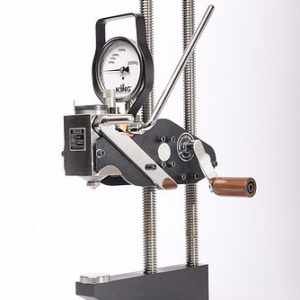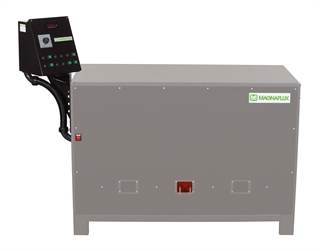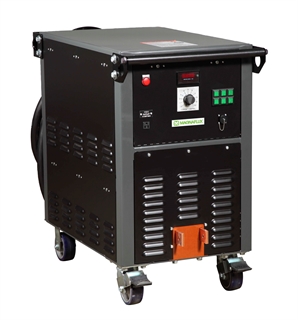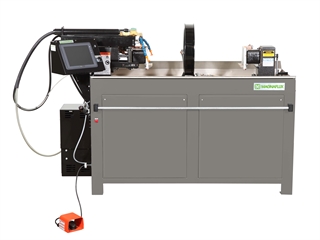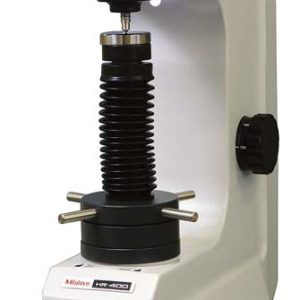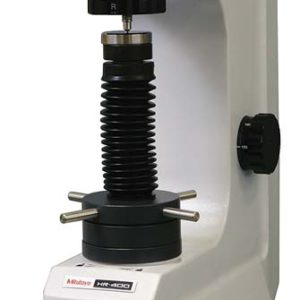Nondestructive testing (NDT) is a procedure used to examine and/or inspect materials and components to locate surface and subsurface defects in a way that allows such materials to be examined without changing or destroying their original design or structure.
NDT plays a crucial role in everyday life. It is necessary to assure structural integrity, safety and reliability in aircraft, motor vehicles, pipelines, seafaring vessels, bridges, trains, tunnels, power stations, refineries and oil platforms, all of which are inspected using some method of nondestructive testing.
Nondestructive testing is also a quality assurance production and management tool which can provide impressive results when used correctly. It requires an understanding of the various methods available, their capabilities and limitations, knowledge of the relevant standards and specifications for performing the tests.
Materials, products and equipment that fail to achieve their design requirements or projected life due to undetected defects may require expensive repair or early replacement. Such defects may also be the cause of unsafe conditions or catastrophic failure, as well as loss of revenue due to unplanned shutdowns.



